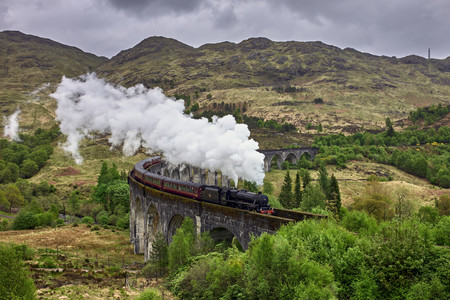The Leica M is a stunning camera and the craftsmanship and dedication to quality is evident. For this reason, some M owners are rather careful with their cameras. Many Leica's spend the majority of their lives behind glass, in a display cabinet of sorts. I think a camera is meant to be used, but to each their own. Scratches and scuffmarks are fine by me. It's not that I don't take care of my M, but I won't let the risk of a small dent get in the way of me enjoying the camera. That makes my M10 a perfectly fine option to take into the wilderness. But it does come with some drawbacks.

Size and weight

The wilderness isn't the most obvious place for a Leica M. It is not the natural habitat of the camera. Urban environments is where the camera feels at home. However, the M has a lot to offer when it comes to looking for the right camera setup to take hiking. The two most obvious ones are size
and weight. Even though the M itself is not a light camera, the lenses are incredibly light compared to other systems out there. Many mirrorless cameras are quite light these days, but t
he weight of many good lenses undo that when looking at it as a combo. When out hiking all day in difficult terrain, every gram counts.
The other element is size. An M body isn't that much smaller than a Sony A7 or Nikon Z7. The M is much smaller compared to traditional DSLR cameras obviously. But it is the lenses that make the difference once again. You can easily fit an M with 3 lenses in a rather small bag. This makes quite a difference compared to larger mirrorless or DSLR options. The small size also echoes through in the choice of a tripod. You can get away with a very light regular tripod, or even work with smaller options like gorillapods.

Focus and framing
So far so good on size and weight, but what about the shooting experience in the wild? This is where things become more challenging for the M. The lack of autofocus is not a problem at all. I am looking at the use of the M in the wilderness from a landscape photography perspective, not shooting fast moving animals. For that you clearly need a different tool. But for landscape it is perfectly fine to shoot with manual focus. One of the bigger drawbacks when shooting landscapes with the M is the lack of a tilting screen. When you shoot handheld at a normal angle, the patch works great as always. But when you want to shoot at other angles, for instance from low down, things are less ideal.

Even on a tripod, not having a tilting screen means you need to maneuver yourself into all kinds of positions to be able to see the focus and your composition. The focus itself isn't even the biggest problem when you shoot with smaller apertures as most M lenses have clear indicators on them. Framing the shot is a different story altogether. This is where the M is not as well-suited compared to other options. I read rumors that the next iteration of the M might have a tilting screen which I would welcome. Already today, you can use a visoflex but that is also not great when shooting from really low.

A limited window
There is no shortage of wonderful glass available for the M-mount to capture the beautiful landscapes on our planet. Whether it is native Leica glass or options from the Zeiss or Voigtlander and others, there is a broad set of very high quality lenses available. These options do all sit in a limited window, connected to the optimal focal spread of the rangefinder. The widest focal length I shoot with on a rangefinder is 21mm which is already pushing it just outside the boundaries of the viewfinder. But it is doable. Anything wider than that and you need an external finder or use the screen which brings us back to the challenges described above. The upper limit is probably 90mm. Leica has options for 135mm but I find 90mm challenging enough. This creates another problem as I love using a telephoto perspective for certain landscapes. To be honest though, the majority of my landscape work sits within the 21mm-90mm range so I don't feel too limited by this restriction.

A downpour
What about the lack of protection from rain and dust? I think this is somewhat of a challenge, especially if you are a hardcore landscape photographer who shoots under all conditions. For me it is something to think about, and I will let the weather influence what gear I bring. With my Pentax kit, I know I can leave it out in a downpour and not have to worry about a thing. This ease of mind is not there when I take the M. My M10 has seen some modest rain but I am hesitant to go any further. That does create limitations and it also determines when I am ok to take the M into the great outdoors.

Deliberation
Whenever I am thinking about what gear to take on a trip, I will reflect on how much hiking and outdoor activities I will do. This will guide me on deciding whether I take my M10 or not. If the main focus of the trip is outdoor, I will probably take my Pentax. But if it is a mixed trip with an occasional hike, the M is a great option for landscape photography, especially since it is easy to take with you.
















Comments